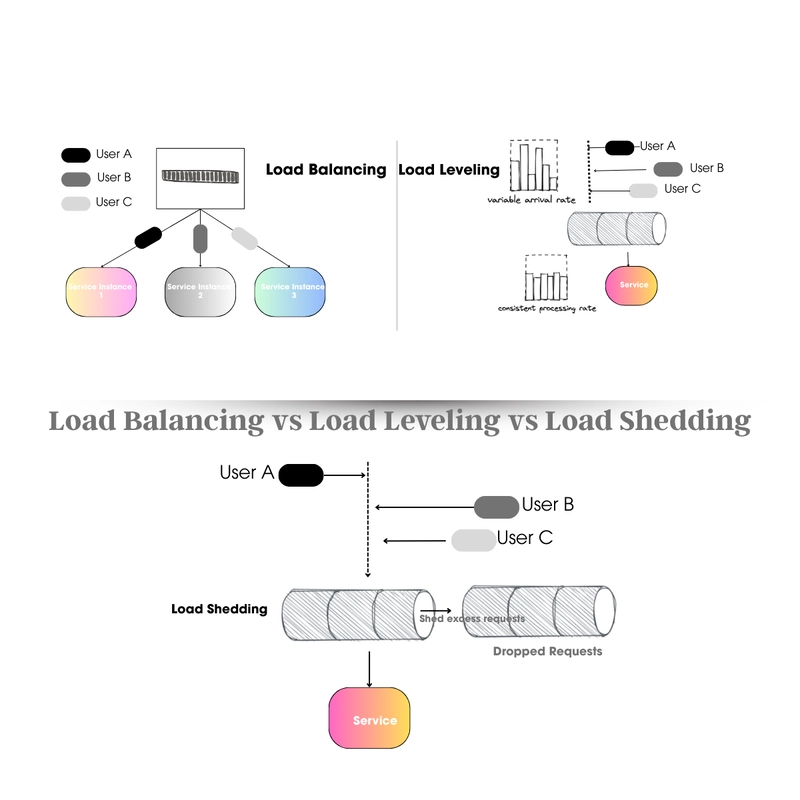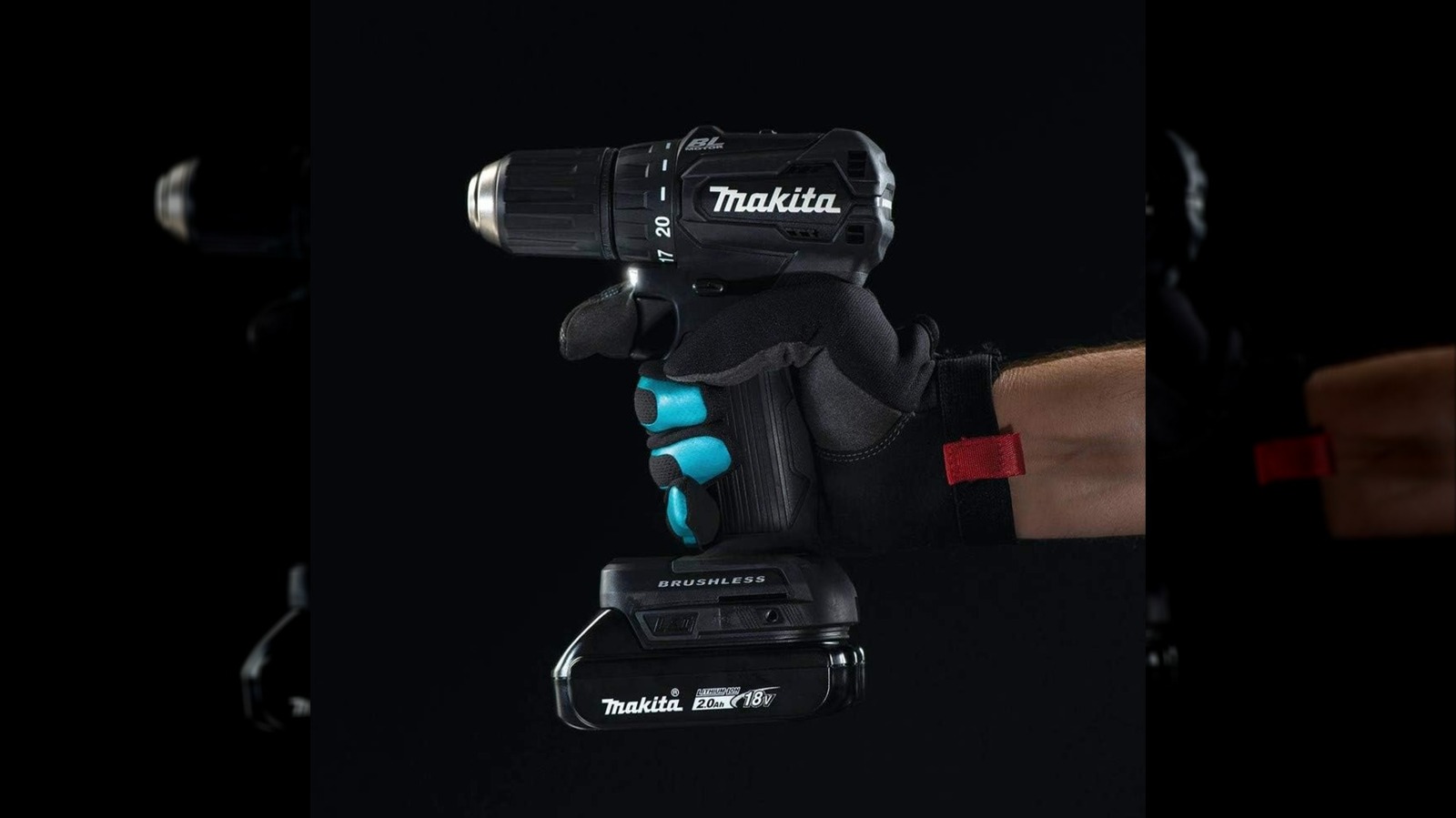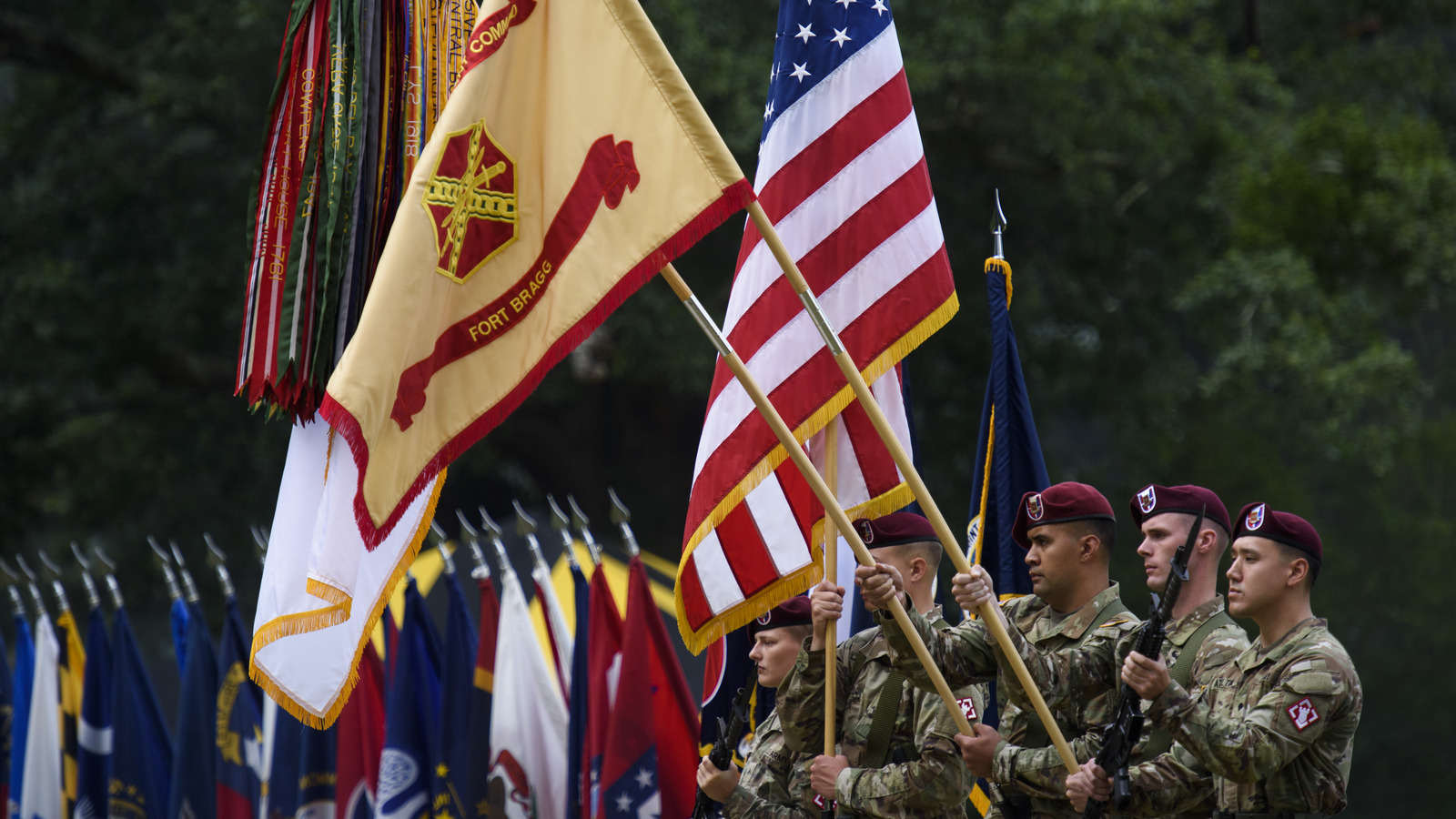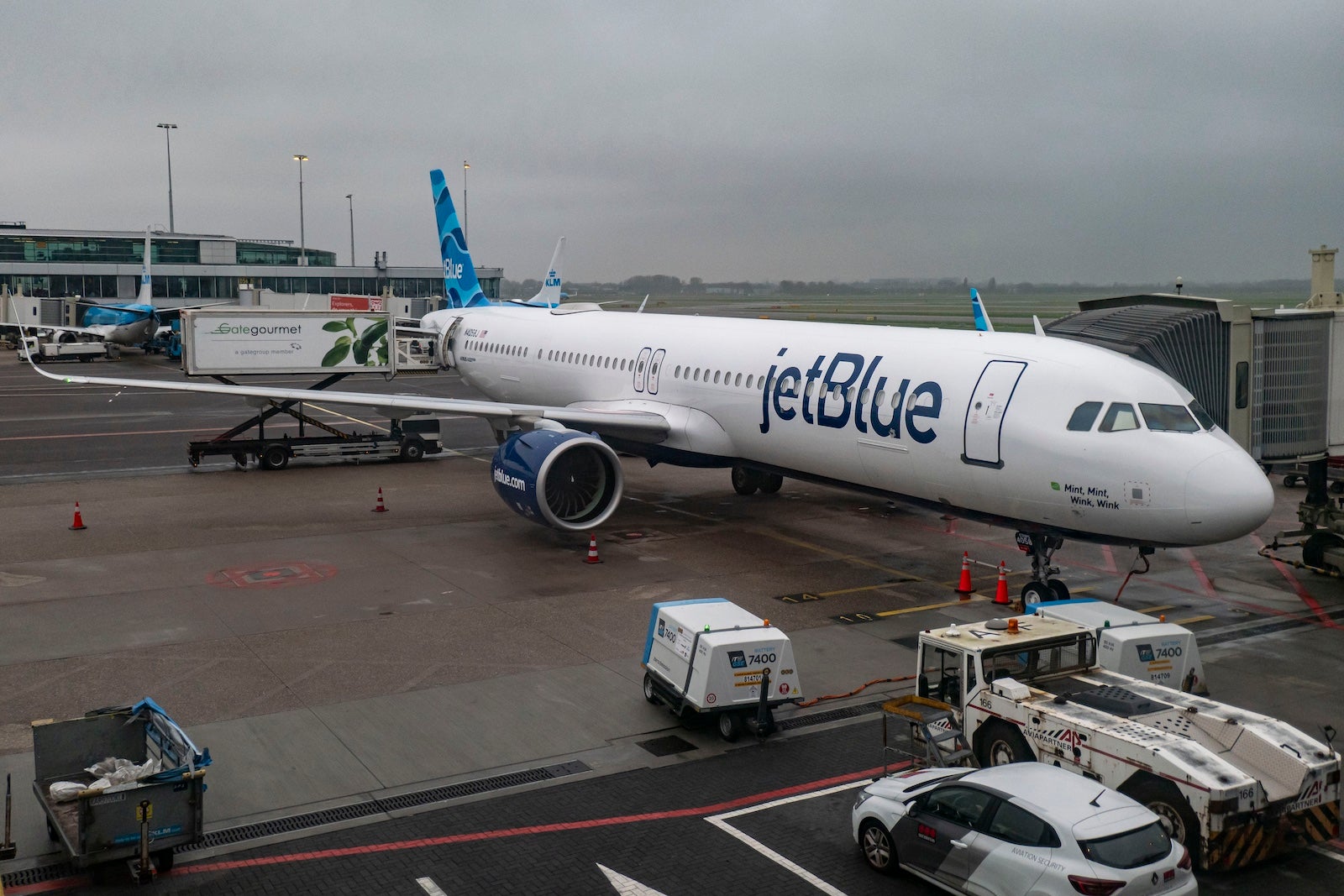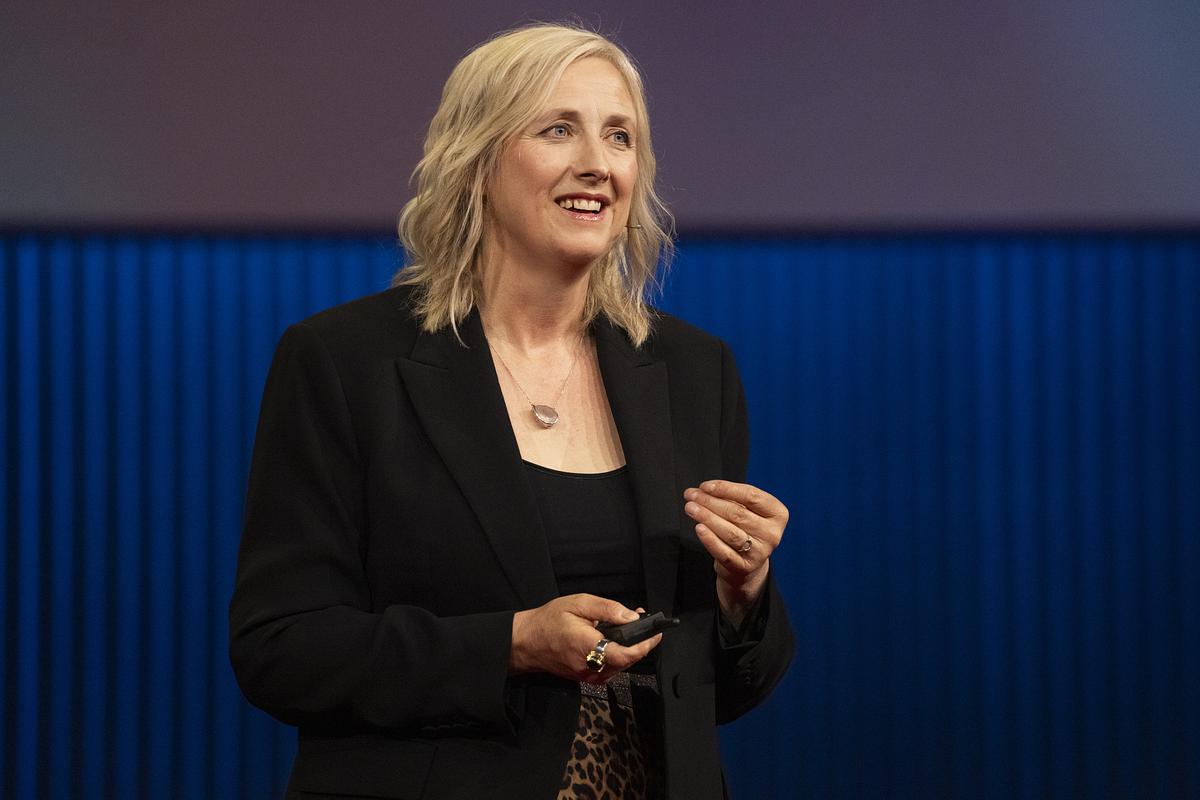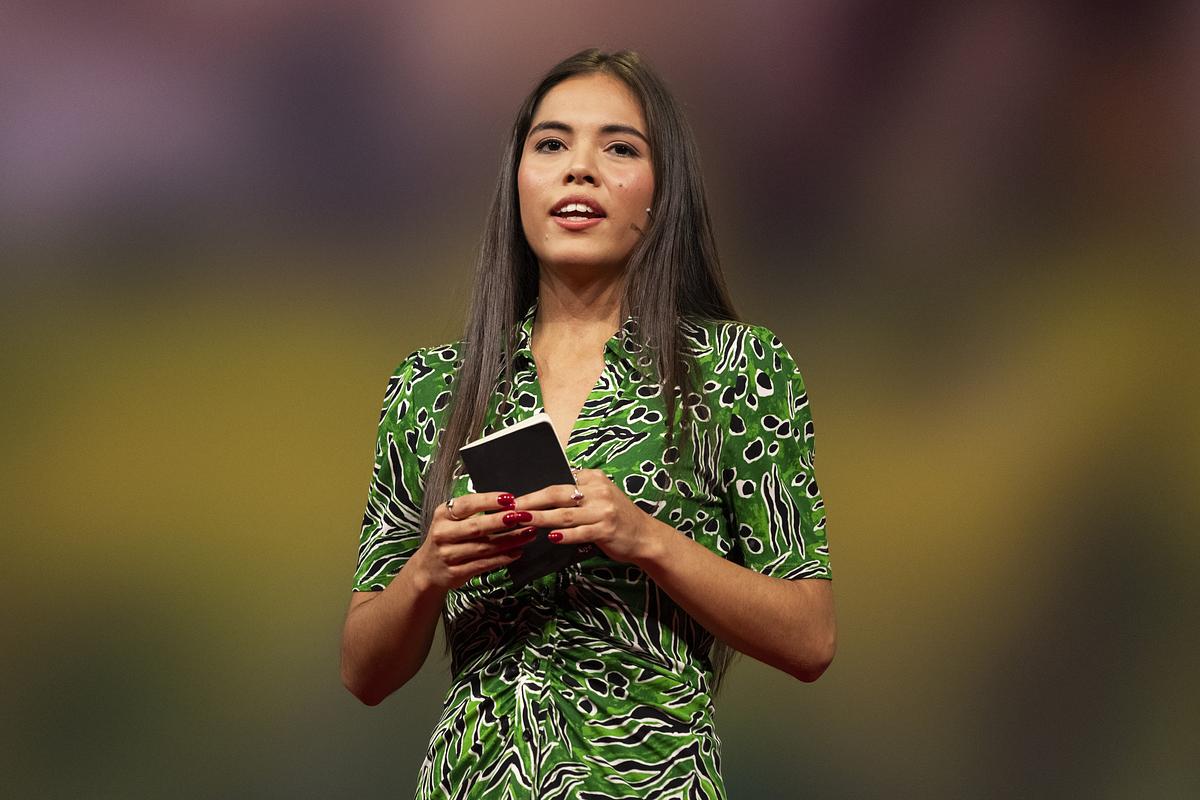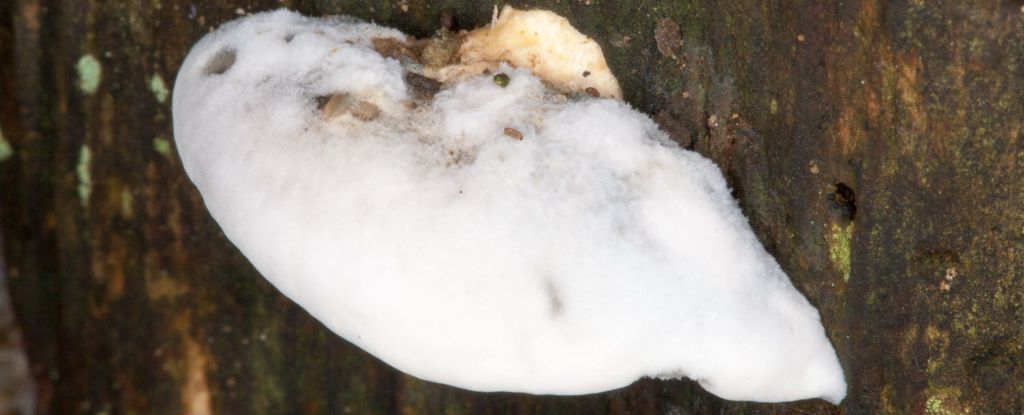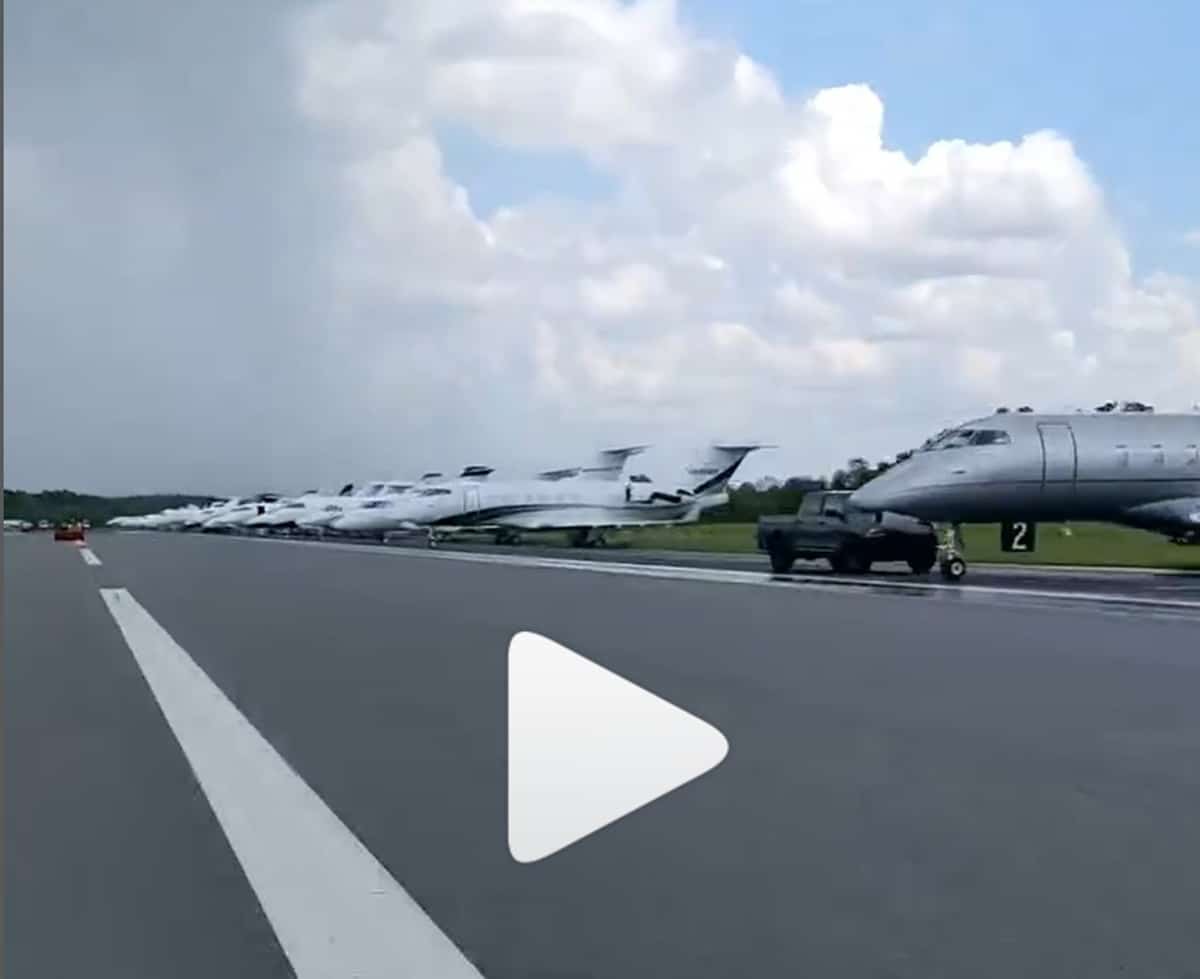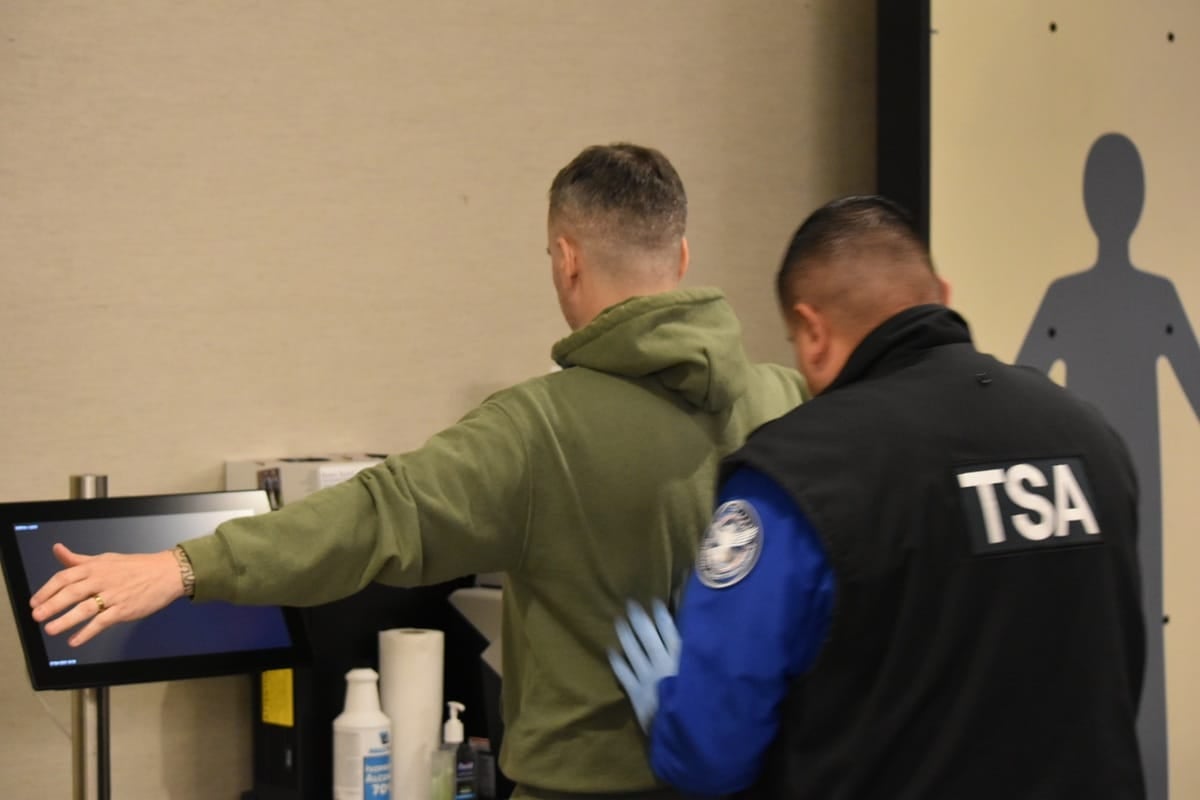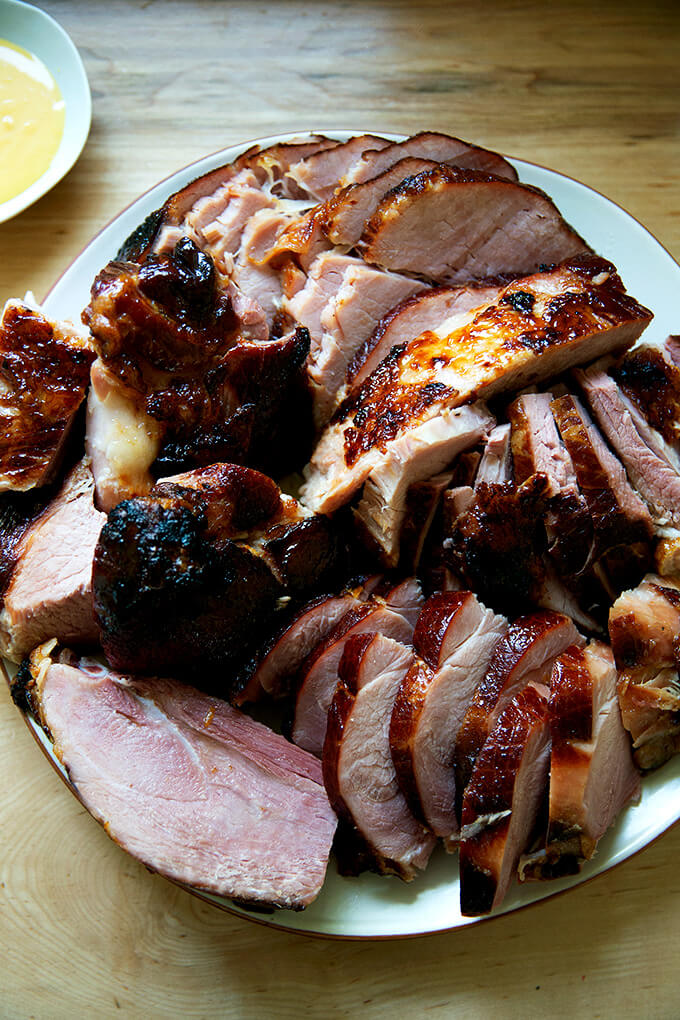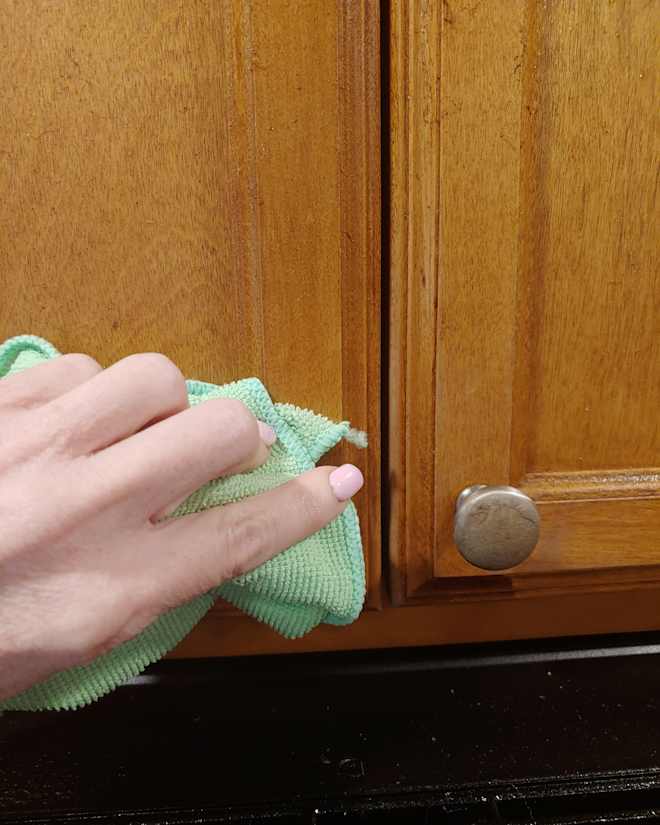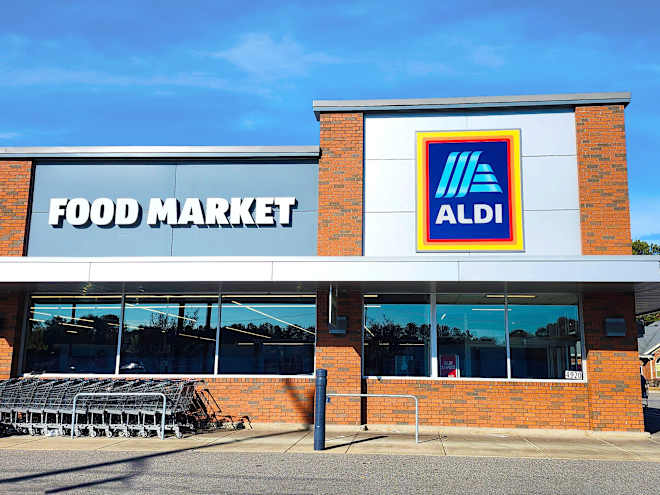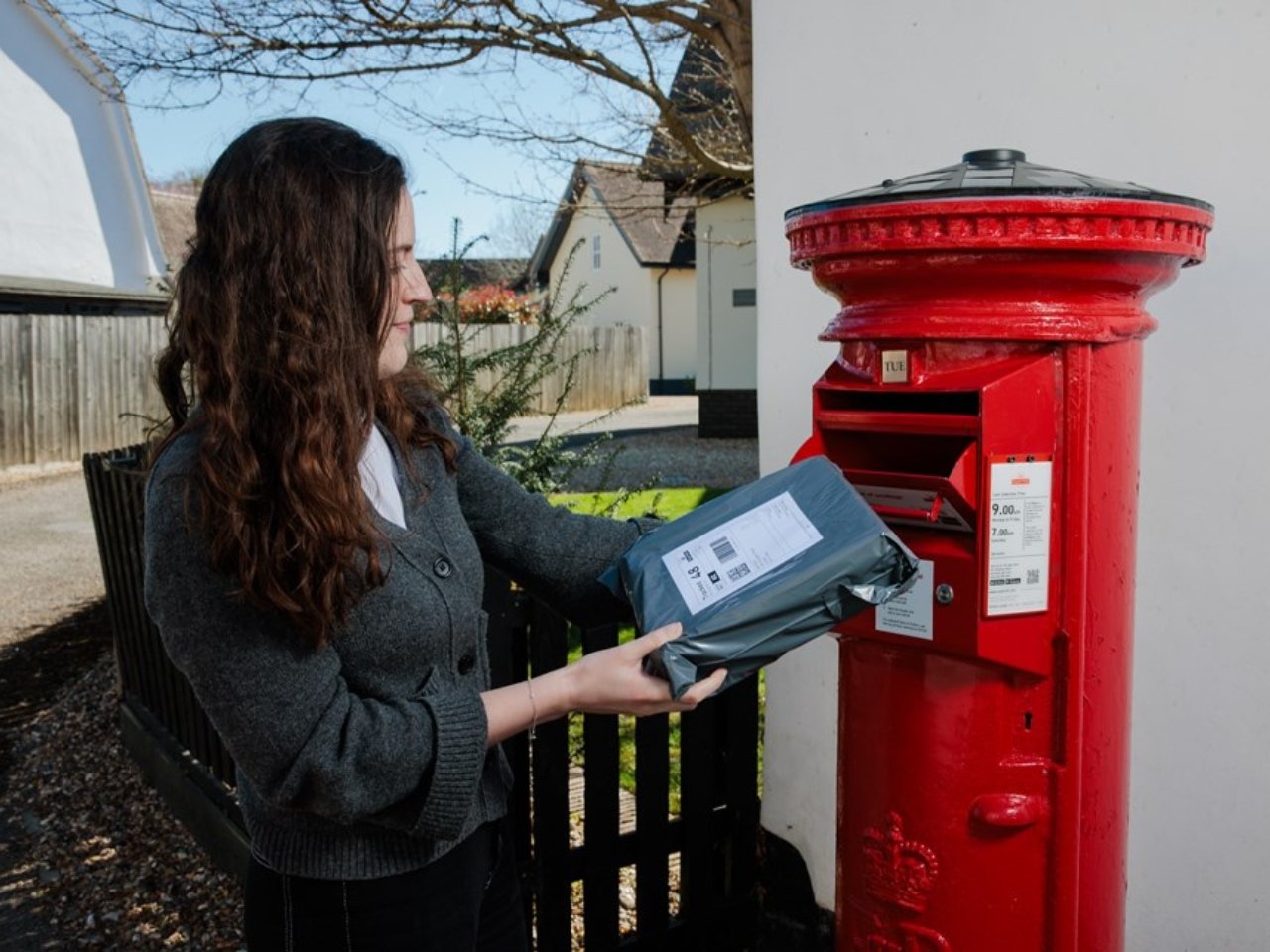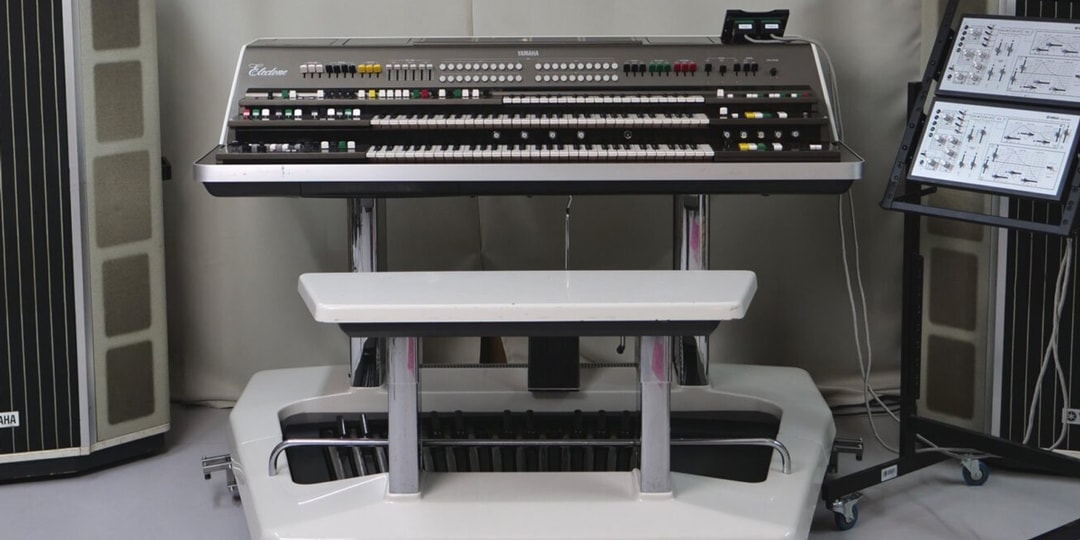Demolition of Foothills Stadium marks end of an era for baseball in Calgary
The City of Calgary has officially begun the process of demolishing Foothills Stadium, marking the end of an era for baseball in the city.

CALGARY — Fourteen summers ago, the final out of professional baseball was recorded at Foothills Stadium. The North American League’s Calgary Vipers dropped Game 5 of the North Division Championship Series to provincial rival Edmonton Capitals by a 12-6 score before ultimately seeing their season end the next day just three hours north.
Almost nine years earlier to the day, the triple-A Calgary Cannons said goodbye to the city in a wild 14-13 win over the Edmonton Trappers, capped with a 21-gun salute, at the park formerly known as Burns Stadium.
But as of late February, memories of what once was will have to sustain Stampede City’s professional baseball legacy.
After years of neglect, the City of Calgary has officially begun the process of demolishing Foothills Stadium as part of a long-term plan for a proposed $380 million multi-sport fieldhouse that will eventually take its place.
Whatever name you knew it by, Foothills Stadium has held a special place in Calgary’s sports landscape for more than half a century. Even without a professional tenant since 2011, the grounds that once fostered the development of future stars such as Edgar Martinez, Jay Buhner and Alex Rodriguez, among many others, have continued to play a role in the local baseball community.
In hosting the Canadian Collegiate Baseball Conference’s (CCBC) University of Calgary Dinos and various youth baseball organizations, the sport has continued to find a home within Foothills’ towering outfield walls since the Vipers’ departure.
However, the stadium has gone virtually untouched without a full-time tenant, and the field has barely been tended.
“The memory will never fade away from me, from what we had there and watching that stadium go up,” Russ Parker, the former owner of the Cannons, said in a recent interview.
“It was quite emotional at the time that I saw it being ripped apart. I knew it was going to be happening… but when you actually witness it being torn apart, yeah, it was sad.”
Affectionately known as Calgary’s “Mr. Baseball,” Parker was the driving force in bringing the professional ranks to Cowtown.
Foothills Stadium, which originally opened in 1966, required considerable renovations before welcoming its first affiliated club in 1977 — the rookie-level Cardinals of the Pioneer League.
And it was Parker who got the job done in getting the stadium up to the standards of professional baseball.
The Cardinals were just the first of many teams to call Calgary home, as the Expos, Cannons, Outlaws, Dawgs and Vipers all set up shop at Foothills Stadium for varying stints in the decades that followed.
“It did kind of represent a whole era of baseball that was so closely affiliated with MLB,” Joe McFarland, a co-founder of and podcast host with Alberta Dugout Stories, said of the stadium’s demolition.
“Foothills was the last nod to that generation and the era of baseball. To see it torn down, it’s like there is this missed opportunity… And it’s a shot right to the heart,” McFarland later added.
Of course, the era of affiliated-ball in Calgary was defined by the 18 seasons the Cannons spent in the city. Parker purchased the Pacific Coast League’s (PCL) Salt Lake City Gulls in 1983 and brought them north, paving the way for a 1985 debut in Calgary.
The Cannons began as the triple-A affiliate of the Seattle Mariners, which brought the likes of Martinez, Danny Tartabull and Harold Reynolds north of the border for their first season in Calgary.
Seattle kept the Cannons as its affiliate for 10 seasons, advancing to the PCL finals in 1987 and 1991. But after 1994, the club would switch affiliations three times, welcoming the top prospects from the Pirates (‘95-’97), White Sox (‘98) and Marlins (‘99-’02) before ultimately departing to Albuquerque, N.M., following the 2002 season.
“For me, (the lasting memory of Foothills Stadium) was just being there and seeing the enjoyment that fans got out of being there. It gave me an awfully good feeling,” Parker recalled. “I remember all the Hall of Famers that played in that stadium. We had Alex Rodriguez for a month. Barry Bonds had an at-bat there. So you remember all those things.
“It makes you look back and say, ‘We should be really proud and grateful of the baseball that we had.’”
Rising costs, the weakened Canadian dollar, Calgary’s unpredictable early spring climate and, ultimately, the wear and tear Foothills Stadium had endured were all factors in the decision to sell the Cannons franchise.
“It’s mind-boggling to me,” McFarland said while picturing what the stadium would have been at its best. “You struggle with it because that was such a cool era, and it’s gone. That last piece of memory-making that we had, the last walls that would have held all those memories are being torn down.”
While the Cannons were the most significant club to take the field at Foothills, the teams and players that followed did their best to continue the tradition of the sport in Calgary, even without major-league affiliation.
“When I came in here in 2007, just understanding that era, knowing who actually played at the stadium, it was pretty cool,” said Jordy Alexander, a former professional pitcher who spent two seasons with the Vipers and now serves as the pitching coach with the University of Calgary.
“There was a lot of history for me, and it’s sad to see what’s happened, knowing how many people did enjoy the stadium when it was taken care of.”
In an email statement issued to Sportsnet, the City of Calgary cited safety considerations for the decision to demolish the stadium, despite the fact that the proposed fieldhouse remains unfunded.
“We recognize that the Foothills Stadium has been a valued community hub and a home for many community groups over the years,” the statement read. “The decision to decommission infrastructure is based on key factors including health and safety for staff and occupants, lifecycle considerations, current building condition, the facility’s ability to meet its intended purpose and the future plans for the area.”
Once the wrecking ball departs, a baseball diamond will remain in place “until the area is required for the construction of the Foothills Multi-sport Fieldhouse.”
But it clearly won’t be the same without the infrastructure that made the field a stadium.
Since the Vipers closed up shop in 2011, Calgary’s baseball scene has dramatically shifted without a team or upkept facility to call its own.
The Okotoks Dawgs have thrived outside city limits with their youth academy and Western Canadian Baseball League team, and Webber Academy recently opened a $22 million facility in nearby Springbank. But both required motivated individuals in the private sector to step in and back the construction and maintenance of suitable playing surfaces for a higher level of baseball.
“It’s frustrating because you are taking a lot of opportunity from kids in the community without having (a sufficient replacement),” Alexander said.
Although affiliated minor-league baseball has all but left Canada — save for the Toronto Blue Jays’ high-A Vancouver Canadians — other major cities in the West have continued to foster baseball beyond the collegiate level. Something that seems out of the question in Calgary until further notice.
Edmonton has the West Coast League’s Riverhawks, who had five players taken in the 2024 MLB Draft, Vancouver’s long history with the aforementioned Canadians continues and the Winnipeg Goldeyes are a fixture in the independent American Association of Professional Baseball.
“I want to say ‘Yes, it could work,’ but it’s a tough sell,” Alexander said about high-level baseball returning to Calgary without a major stadium. “As sad as it is, you have to deal with the weather, which makes it tough.”
With no plans on the horizon for the construction of a new facility, the various academies across the city and the collegiate Dinos will continue to carry the torch for baseball in Calgary — even without the lasting presence of Foothills Stadium serving as a backdrop for the next generation.
Parker said that he would like to see the stadium be memorialized, one way or another, even offering up the original home plate from Foothills, which he has kept all these years.
“That would be nice to have something that recognizes what we had,” he said. “For everyone in the city that had an interest in baseball, to remember that it was a fun place to go. I mean, the atmosphere in the ballpark on the majority of evenings or days was electric.
“So yeah, I would feel good about that if somebody chose to have that done.”
Over the coming months, city workers will haul away the fallen bleachers and press box bit by bit. Eventually, Foothills Stadium’s physical presence will disappear completely, leaving behind only the memories of those who filled the stands or took the field at Calgary’s baseball home of nearly 60 years.












